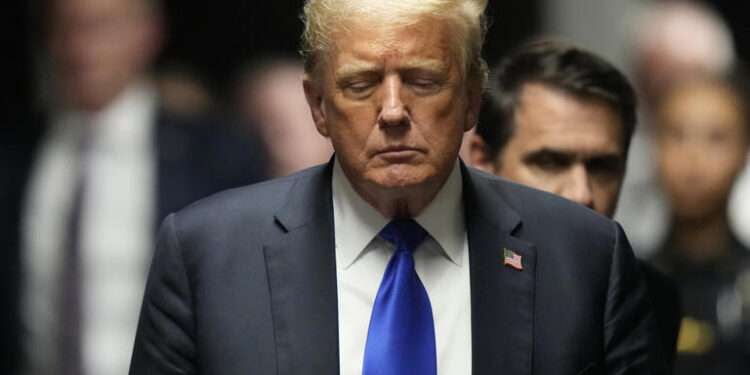The Monetary Policy Committee (MPC) of the Bank of Ghana (BoG) has announced its decision to maintain the policy rate at 27 percent, reflecting its commitment to stabilizing the economy and addressing inflationary pressures.
This decision follows a review of economic developments over the past two months and signals a cautious approach to monetary policy amid persistent inflation challenges.
Speaking at a press conference, the Governor of the Bank of Ghana, Dr. Ernest Addison, highlighted that the decision to keep the policy rate unchanged is rooted in signs of a steady decline in inflation.
According to Dr. Addison, the central bank’s latest inflation forecast indicates a return to the disinflation path, albeit with an extended timeline for achieving the medium-term inflation target of 8±2 percent.
“Under the circumstances, the Committee decided to keep the monetary policy rate unchanged at 27.0 percent,” Dr. Addison remarked, emphasizing that while inflation remains elevated, particularly in food prices, efforts to address the issue are yielding results.
Persistent Challenges in Food Prices
Dr. Addison noted that inflationary pressures, particularly those driven by food price movements, remain a concern. He attributed the elevated inflation profile to climate-related factors and supply chain weaknesses.
A dry spell in some food-growing regions and the late onset of rains disrupted agricultural production, leading to higher food prices. These challenges, combined with existing supply chain inefficiencies, have exacerbated price volatility in the domestic market.
“The climate-related factors, including the dry spell in some parts of the food-growing regions of the country and the late onset of rains, negatively affected production, while supply chain weaknesses generally affected food prices.”
Dr. Ernest Addison
Fiscal Consolidation and Economic Stability
Dr. Addison emphasized the importance of fiscal consolidation in supporting the disinflation process. He expressed optimism that the new administration’s economic policy agenda, coupled with the upcoming 2025 budget statement, would provide renewed efforts to stabilize the economy and achieve inflation targets.
“While the inflation outturn for the year 2024 deviated from target, it is expected that the disinflation process will resume, contingent on renewed efforts at fiscal consolidation,” he stated. This underscores the interconnectedness of monetary policy and fiscal discipline in achieving macroeconomic stability.
The monetary policy rate, also known as the policy rate, is a critical tool used by central banks to influence borrowing and lending in the economy. By maintaining the rate at 27 percent, the BoG aims to balance competing priorities—controlling inflation while supporting economic activity.
For commercial banks, the policy rate serves as a benchmark for setting their lending rates to businesses and individuals. High lending rates can dampen borrowing and investment, while lower rates may stimulate economic activity but risk fueling inflation. The BoG’s decision reflects its cautious approach to striking this delicate balance.
The central bank’s stance indicates a commitment to sustaining the gains made in stabilizing inflation while addressing underlying challenges. Achieving the medium-term inflation target will require concerted efforts not only in monetary policy but also in fiscal management and structural reforms. The focus on fiscal consolidation in the upcoming budget and policy agenda is expected to play a pivotal role in this regard.
As the nation looks ahead to the 2025 budget and policy initiatives, the collaboration between monetary and fiscal authorities will be crucial in delivering sustainable economic growth and maintaining confidence in Ghana’s financial system.
READ ALSO:Awula Serwaa Slams Government’s Delays in Fighting Illegal Mining





















